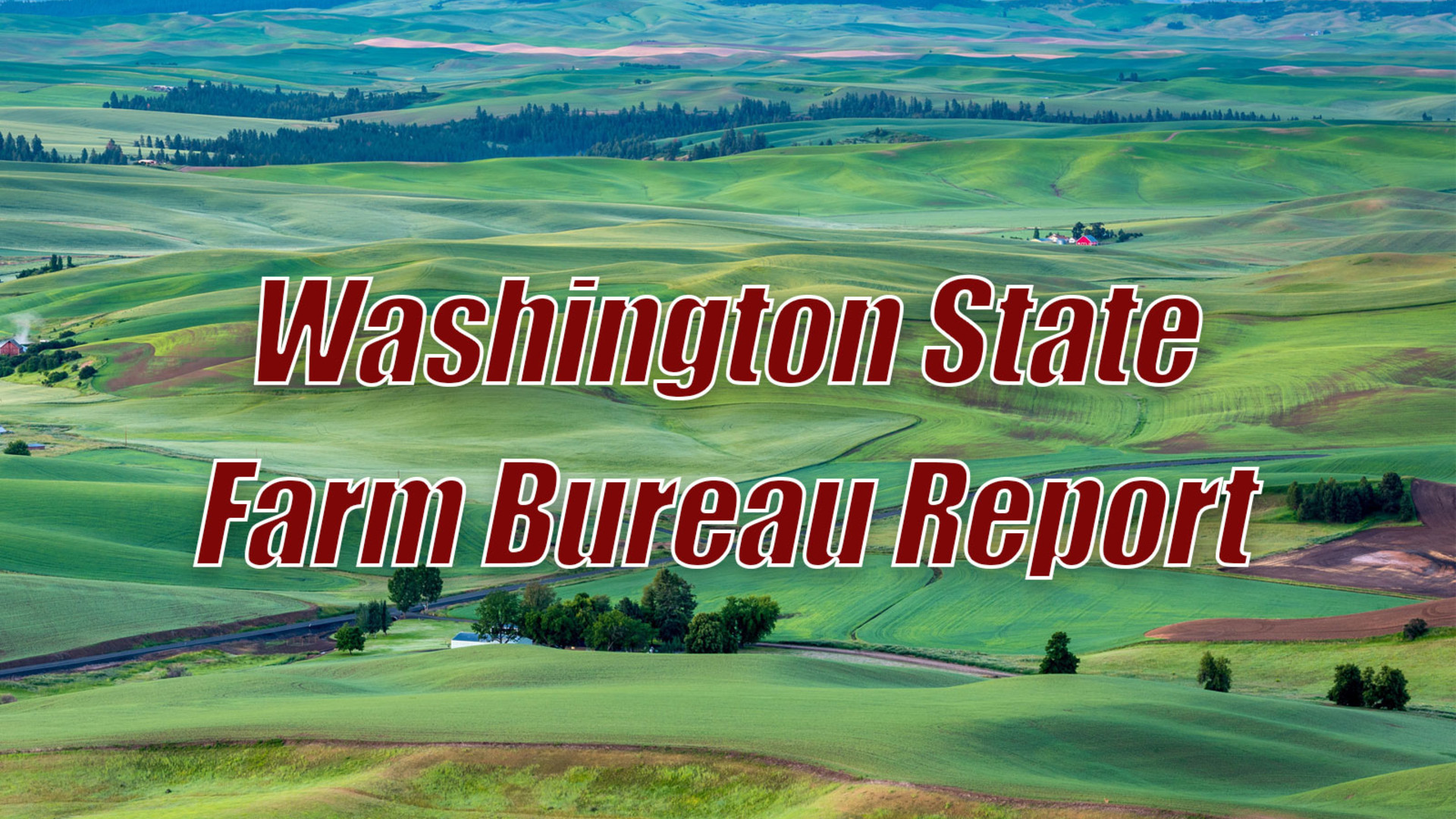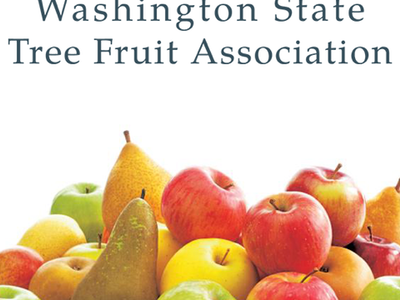Gypsy Moth Trapping Begins
You may have seen brightly colored boxes hanging in trees, shrubs and other foliage recently, but don’t worry - it’s not an invasion, it’s a means to prevent one. Mike Louisell with the WSDA explains.
LOUISELL: The Washington State Department of Agriculture has started it’s annual work of setting traps across the state for a pest we certainly don’t want to have stablished here. It’s the gypsy moth. We find it mainly in western Washington. We just completed two infestation projects that we eradicated gypsy moth populations in Puyallup and in Eatonville. We will be trapping heavily in those areas to ensure that any gypsy moth caterpillars did not make it through this biological insecticide we use.
Why such intense concern over the gypsy moth?
LOUISELL: The gypsy moth has been a very destructive forest pest in the United States. They can cause extensive environmental damage. In our state, although we have detected gypsy moth every year since 1977, we have never had a permanent population of gypsy moth develop here. That’s because of the work our trappers do in setting these small cardboard traps primarily in areas where there’s trees, because that’s one of the main sources of vegetation that the gypsy moth enjoys, if it’s allowed to run free.
Traps will be set in both western and eastern Washington. These traps are non-toxic, and will be checked every two to three weeks throughout the summer into early fall, when they will be taken down come October.
I’m Lacy Gray and that’s Washington Ag Today on the Northwest Ag Information Network.

















